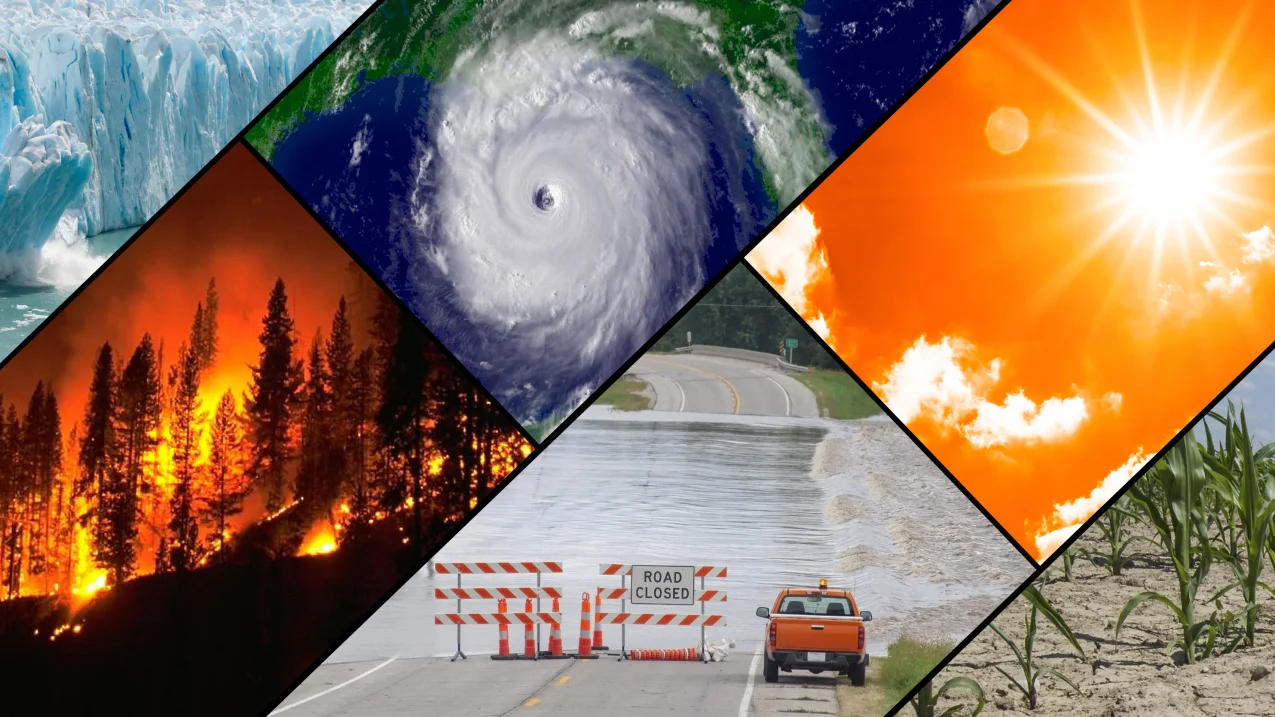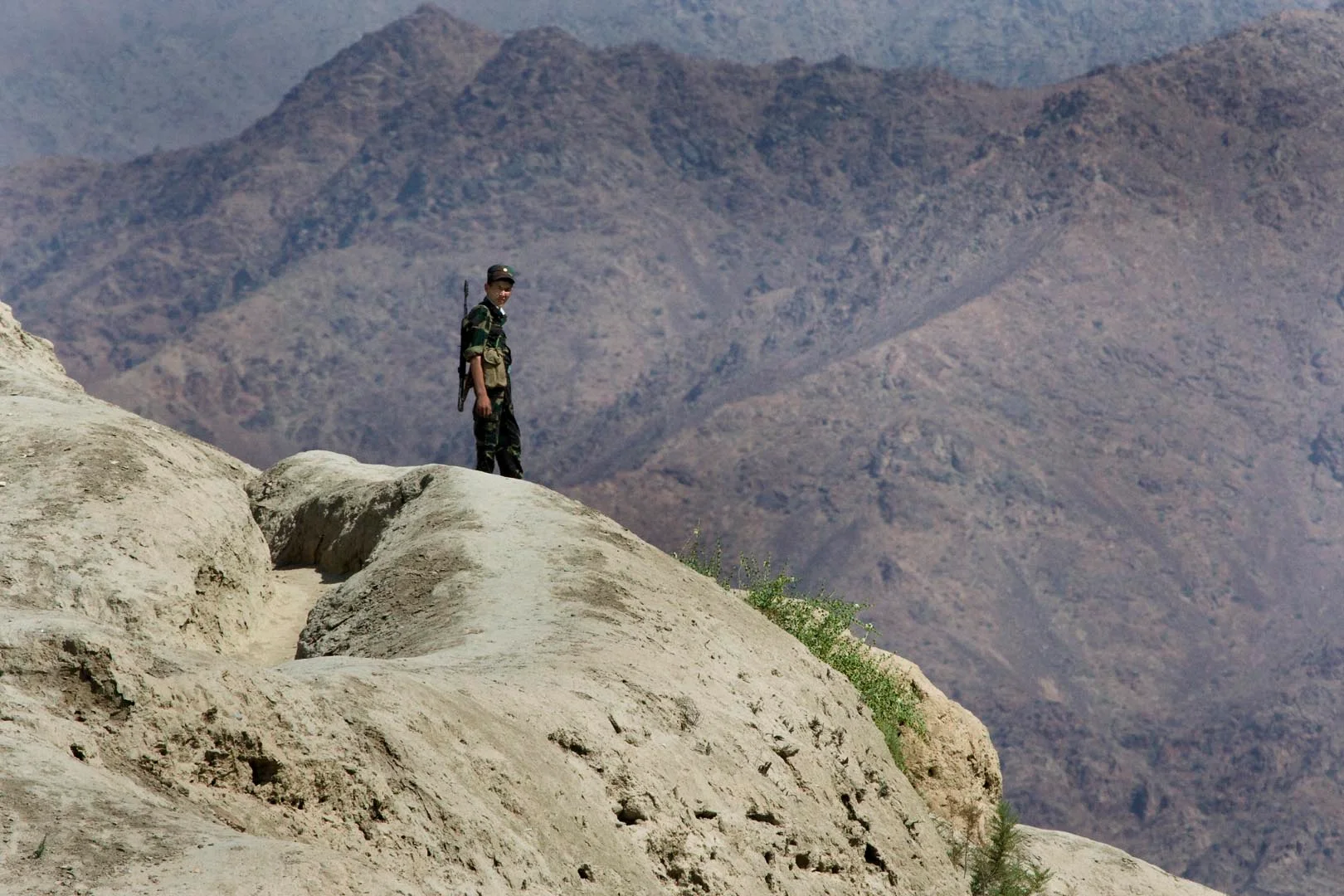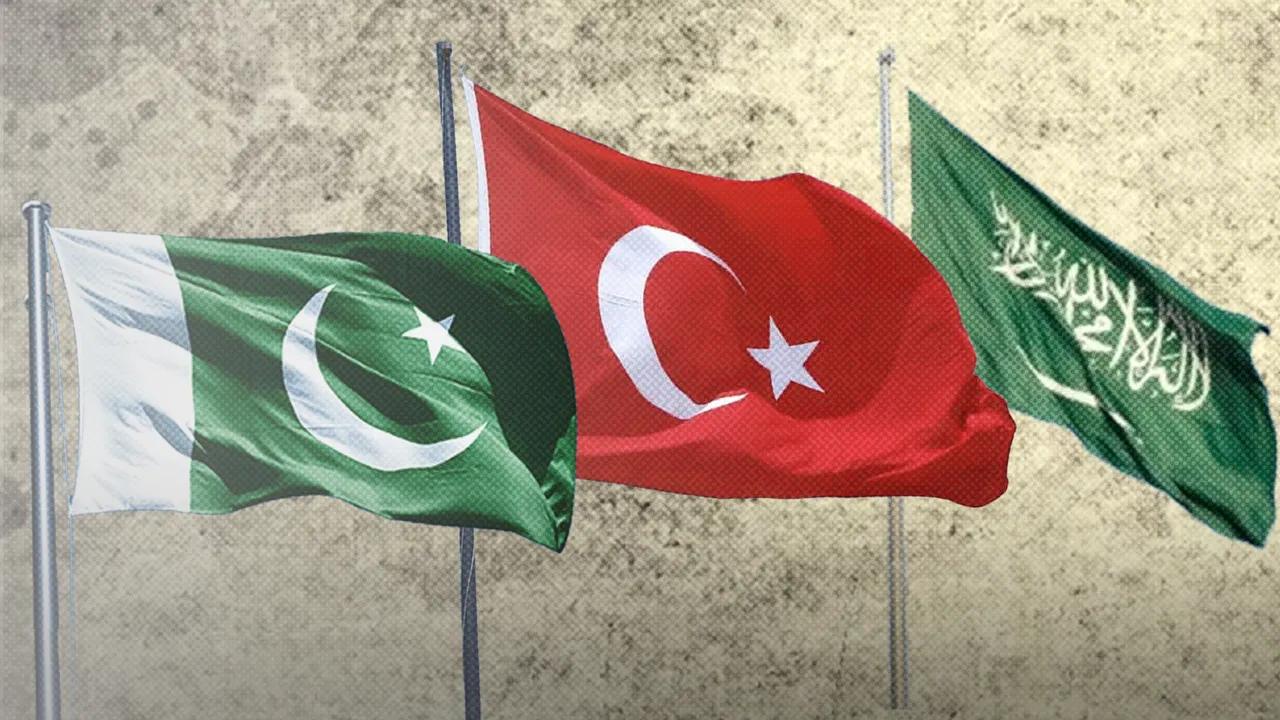Not too long ago, it seems, the discourse on climate change projected it as a looming threat to mankind. But no one could have expected it to translate itself in a short span of time from scientific speculation to a living reality for millions worldwide.
Climate Change: A Global Phenomenon
As a matter of fact, the Earth’s climate has always been subject to change. It has seen eight cycles of ice ages as well as warmer periods in the last 800,000 years. The advent of human civilization on the planet about 11,700 years ago ushered in the modern climate era, increasing the rate at which these variations occur naturally in the atmosphere. The current trends in rising temperatures, in particular, are the result of human activities dating back to the Industrial Revolution. According to an analysis by NASA’s Goddard Institute for Space Studies (GISS), the average global temperature on the planet has risen by approximately 1.1° Celsius (1.9° Fahrenheit) since 1880.
However, while scientists agree that climate change is a global phenomenon, it is also true that its effects are not uniform, but vary from one region to another. Among those considered extremely vulnerable to the effects of climate change today is the geographical area that falls under Pakistan and Afghanistan.
Flash Floods and Pak Afghan Region
Emblematic of these predictions, floods have wreaked havoc in the Pak-Afghan region this year. In Pakistan, national emergency is declared as the death toll has reached to 1000, including 343 children, and an additional 30 million have been rendered homeless according to the latest reports by the country’s National Disaster Management Authority (NDMA).
Similarly, neighboring Afghanistan reported a total of 180 deaths and 250 injuries for this month. To make matters worse, over 3,100 houses and thousands of livestock have perished.
The unfolding tragedy was followed by rescue and relief efforts of which the governmental machinery was immediately capable, but appeals to international donors were made nevertheless as the cost of rehabilitation was declared beyond what could presently be afforded by their already overburdened economies.
On a national level, the government of Pakistan announced Rs 37.2 billion as cash relief and Rs 5 billion to be immediately released to NDMA to speed up the response. International partners too hastened to offer monetary support. Notable among them, in addition to the European Union, the United States, and China, was the United Nations, which pledged $3 million for U.N. aid agencies and their partners in Pakistan to respond to the floods. The World Bank announced immediate assistance worth $350 million, in addition to $110 million by the World Food Programme and $20 million in assistance by the Asian Development Bank. UKAid, too, stepped forward with a pledge of 39.5 million pounds in total.
With Afghanistan’s economy currently reeling from the adverse effects of near isolation from the international system, the response was comparatively minimal but fortunately heeded by few donors. Among these was UNHCR Jalalabad, which distributed household items and tents for shelter to assist 80 families in Rodat and Bihsud districts, while also contributing 202 family tents to the flood response in Pul-e-Alam. Furthermore, the Humanitarian Relief Foundation (IHH), Disaster and Emergency Management Authority (AFAD), and Turkish Red Crescent (Kızılay) in cooperation with the Afghan Red Crescent, delivered aid to Afghanistan’s calamity-struck areas.
Climate Change: A Shared Crisis
In the short term, it might be possible to collude with well-meaning partners to alleviate the miseries of the affected population, but the region is clearly inadequately prepared to deal effectively with the worsening conditions in the long term.
Pakistan, for instance, has for the past 20 years consistently made it into the top ten most vulnerable countries on the Climate Risk Index, accounting for 10,000 climate-induced fatalities and financial losses worth $4 billion from 173 extreme weather events. The country has also surpassed its record of the past 30 years, having received exceptional rainfall amounting to 133% above average in the prevailing monsoon season. Besides, it also happens to host more than 7000 rapidly melting glaciers; the greatest number of glaciers outside the polar regions.
Meanwhile, Afghanistan, with a broad spectrum of sociopolitical troubles, does not promise any solace on this front either. In accordance with reports by Afghanistan’s National Environmental Protection Agency, temperatures in the country increased by 1.8°C between 1950 and 2010, more than twice the global average.
For a mountainous terrain prone to flash floods or riverine floods, coupled with crippling infrastructure and the monstrosity of climate change, there is no other way but to develop mitigation strategies. It is no secret that both countries are at mutual disaster risk owing to a multitude of economic, political, and institutional factors, and have until now failed to address the urgency for quick, competent action. In the near future, the duo may discover that forging a consortium to manage regional disasters will relieve one another of the strain of adopting mitigation measures in solitude with scarce resources and weak infrastructure.
Shared tragedies serve as reminders that neighbouring ties between Pakistan and Afghanistan are not only limited to overlapping history and culture but also include the shared habitation of a landscape extremely vulnerable to natural calamities. Their severity, if not realised or tackled properly and collaboratively, will manifest itself far beyond geographical destruction, perhaps even endanger their very existence as sovereign states. Suffice it to say, a new chapter of war has only just begun.






